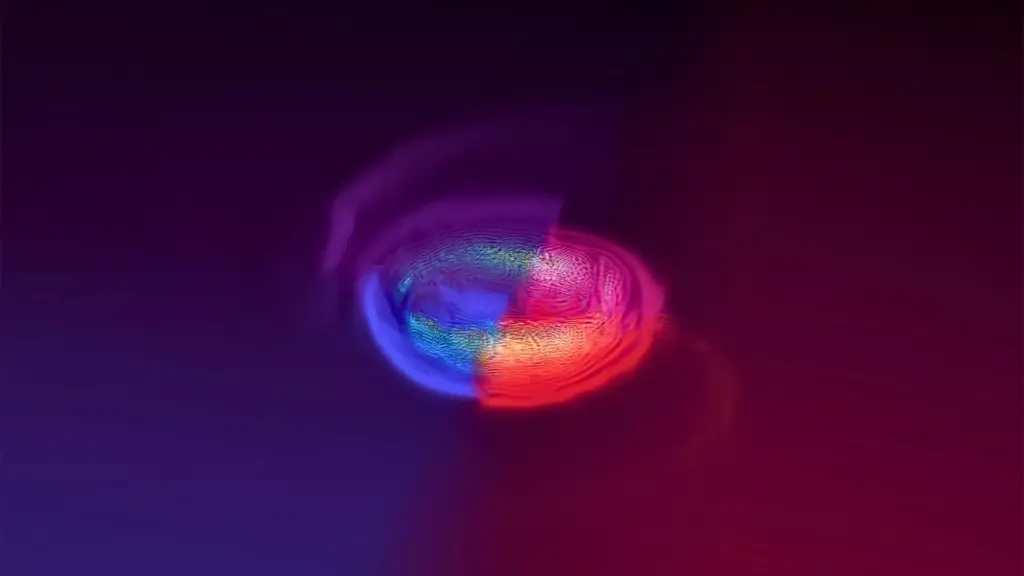
The groundbreaking research published in the journal Physical Review Letters has unveiled a new understanding of the role neutrinos play in the creation of heavy elements like gold and platinum during neutron star mergers. This study is the first to simulate the transformation of neutrino “flavors” in such cosmic events, offering insights into the fundamental processes that occur when these dense stellar remnants collide.
Neutrinos, fundamental particles that interact weakly with matter, exist in three flavors: electron, muon, and tau. Under the extreme conditions within a neutron star, these particles can change flavors, a process that significantly influences the particles they interact with. The study led by Yi Qiu, a graduate student in physics at Penn State, highlights how this transformation impacts the matter ejected during a merger, affecting the structure and composition of the resulting remnant.
Simulating Neutron Star Mergers
The researchers constructed a detailed computer simulation of a neutron star merger, incorporating various physical processes such as gravity, general relativity, and hydrodynamics, alongside neutrino mixing. They specifically examined the transformation of electron neutrinos to muon neutrinos, a critical process in these environments. By modeling different scenarios, they assessed how timing, location, and surrounding material density influence the merger’s outcome.
According to the study, these factors play a crucial role in determining the merger remnant’s composition and structure, including the types and quantities of elements formed. Neutron star collisions can propel neutrons into surrounding atoms, leading to the creation of heavier elements like gold and platinum, as well as rare earth elements essential for modern technology.
Neutrino Flavors and Element Creation
David Radice, a professor of physics and astronomy at Penn State and co-author of the paper, explained the significance of neutrino flavor changes. “Electron type neutrinos can transform a neutron into a proton and electron, but muon type neutrinos cannot. This conversion alters the number of available neutrons, directly impacting the production of heavy metals and rare earth elements,” he noted.
“Accounting for neutrino mixing could increase element production by as much as a factor of 10,” Radice emphasized.
The study also found that neutrino mixing affects the matter ejected from the merger, potentially altering emissions detectable from Earth, such as gravitational waves and electromagnetic radiation like X-rays or gamma rays.
Implications for Future Observations
Radice pointed out that neutrino mixing could influence the electromagnetic emissions and gravitational waves from neutron star mergers. With advanced detectors like LIGO, Virgo, and KAGRA, astronomers are poised to make more frequent gravitational wave detections. Understanding these emissions’ origins will enhance the interpretation of future observations.
Modeling the mixing processes was likened to an inverted pendulum, where rapid changes eventually stabilize. However, much remains uncertain about the theoretical physics of these transformations, as Qiu noted. “As theoretical particle physics advances, we can improve our simulations. The precise locations and mechanisms of these transformations in neutron star mergers are still being explored,” Qiu stated.
Future Research Directions
With the development of this simulation infrastructure, other research groups can further investigate neutrino mixing’s impacts. “Neutron star mergers act as cosmic laboratories, providing insights into extreme physics that can’t be safely replicated on Earth,” Radice remarked.
The research team, including Maitraya Bhattacharyya and Sherwood Richers, received support from the U.S. Department of Energy, the Sloan Foundation, and the U.S. National Science Foundation. As the field progresses, these findings may significantly enhance our understanding of the cosmic origins of essential elements and the fundamental forces at play in the universe.







